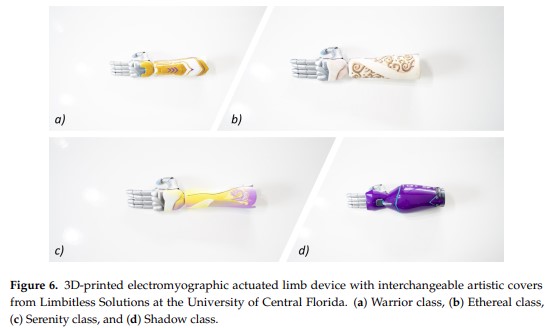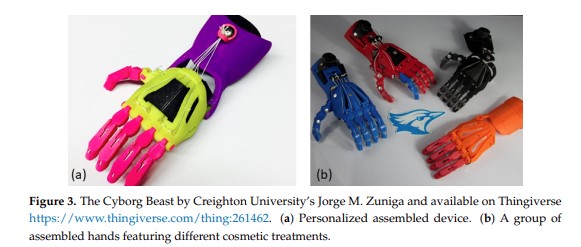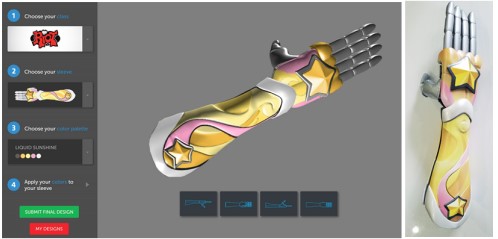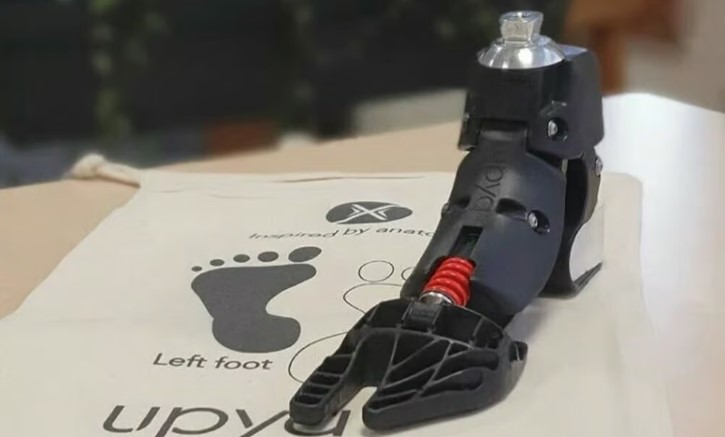Prosthetics have long offered a second chance for individuals facing limb loss, yet traditional prosthetic devices are often costly and complex to produce. Enter 3D printing—a technology rewriting the future of prosthetics by bringing unprecedented accessibility, customization, and affordability to the field.
According to recent research, 3D printing is bridging a gap in prosthetic access, especially for those in developing regions, where high costs and limited infrastructure have historically been barriers. This technology allows prosthetics to be produced on-site and tailored to each user, shortening production times from weeks to hours and reducing expenses.

A New Era of Accessibility
One of the key advantages of 3D printing is its potential to democratize prosthetics. In low-income regions, where traditional methods are often unaffordable and inaccessible, 3D printing provides a solution that local clinics, charities, and hospitals can utilize without large-scale manufacturing facilities. The ability to print and assemble prosthetics on-site is not only transformative but also builds self-reliance, empowering local healthcare providers to offer essential services directly within their communities.
From Custom Fit to Advanced Functionality
3D printing allows designers to produce limbs that match the specific size and shape of each individual, greatly improving the fit and comfort of the prosthetic. This tailored approach helps reduce the issues of discomfort and misalignment common in mass-produced devices, which can significantly impact mobility and quality of life. In addition to improved fit, research in 3D printing is leading to innovations like incorporating sensors into prosthetic limbs, enabling users to control movements more intuitively. This “smart prosthetic” technology is still developing but holds incredible promise for the future of limb replacement.

A Future of Potential
As 3D printing technology advances, its application in prosthetics could evolve from accessible, functional devices to limbs with enhanced strength, flexibility, and even sensory feedback. Researchers envision a future where high-quality prosthetics are affordable and accessible worldwide, creating a profound shift in how limb replacement is viewed and approached globally.
If you are interested to know more about this topic , please visit

